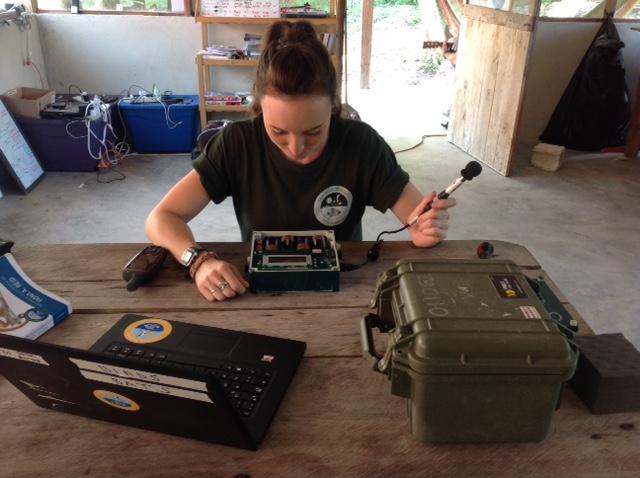
Wildcare were very pleased to lend a Song Meter 2 (SM2BAT+) to an Operation Wallacea pilot project investigating insectivorous bats in South-East Mexico - Laurah Kahane reports back.
The project aimed to investigate and categorise the insectivorous bats, not typically surveyed through annual mist-netting surveys in the Selva Maya (Mayan Jungle). Previous research shows a decline in both species richness and abundance for bats in this region.
The project
Wildcare loaned a Song Meter 2 (SM2BAT+) to contribute one of 4 static bat recorders in an Operation Wallacea pilot project in the Biosphere Reserve of Calakmul, South East Mexico. Together with a capture study, the work ultimately aims to identify if there has been a decline in bat abundance in recent years, linked to changing rainfall patterns and gradient, and forest structure. A more complete study of bats in this region is also pivotal because they are an indicator species and may help identify other trends of species decline due to threats such as water source limitations, and land-use changes across the Reserve. If the data show that key species are declining too rapidly (and due to 4 year drought) Reserve management will decide whether a policy change is required to allow intervention and protect or supply artificial water sources to the area.
The project was carried out with Ioan Smart, Dave Marshall, Kevyn Quijano and took place during Operation Wallacea’s annual expedition period (13th June – 13th August) in 2018, in which a variety of data collection occurs in order to determine the environmental health of the area and to inform conservation management systems effectively. These annual surveys, now in their 7th year, include bat and bird mist-netting, mammal tracking, butterfly and herpetofauna surveys, and habitat assessments.
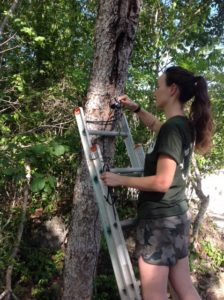
Method
Due to the nature of the forest structure, feeding guilds, and the huge diversity of bats in this region, many species are not found with conventional techniques like mist-netting. Insectivorous bats in particular, use complex echolocation systems that help them to easily see and avoid the nets whilst commuting or foraging. As a result, many of them also fly much higher than standard mist-net height. To overcome the data deficiency for insectivorous bats, research using acoustic equipment is becoming widely used in Latin America, but the analysis can be very complex.
The Pilot Study
Our pilot study to identify the bat families, and perhaps some species composition, was the first of its kind in the Calakmul Biosphere Reserve. It also aimed to help formulate a method for an ongoing study that can be adapted so that research assistants and students can continue year after year in order to build up a large data set.
The Report
The Wildlife Acoustics Song Meter range is renowned for its quality and was selected for this expedition due to a number of features: low power consumption, sophisticated scheduling for long-term deployment, high-quality omnidirectional microphone, and high storage capacity (4 SD card slots). The devices are easy to use, rugged, robust and durable enough to sustain long periods in tropical regions.
Units recorded for 1 week at each sample site between the hours of sunset to sunrise. Data collected include the date, temperature, GPS location, site, start and end time, total hours, prefix, lunar phase, recording time, species (if identifiable), family, passes and type of call.
A total of 33GB of sound data was collected over an 8-week period. Kaleidoscope Pro and BATSCAN software will be used to analyse the data. A key feature of kaleidoscope Pro means that we can use clutter analysis to discount any unwanted recordings, and also categorise species of interest into families. Nights of heavy rain will be discounted.
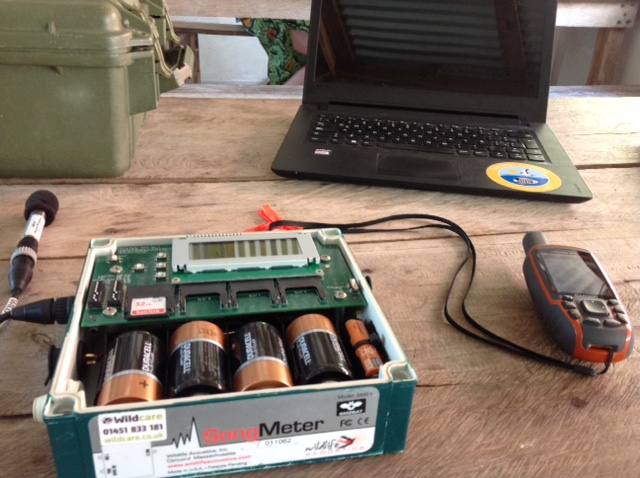
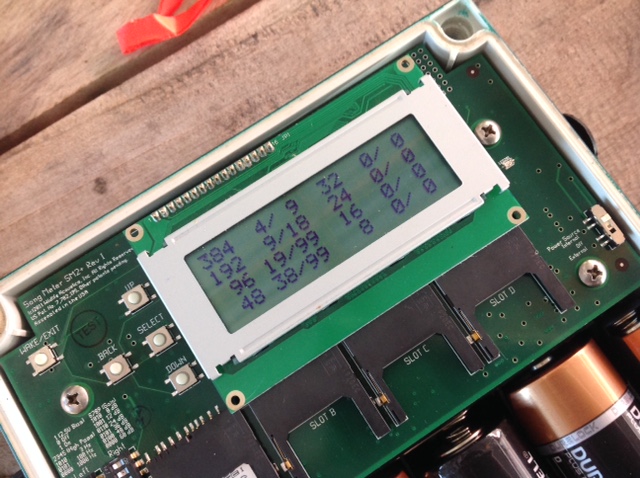
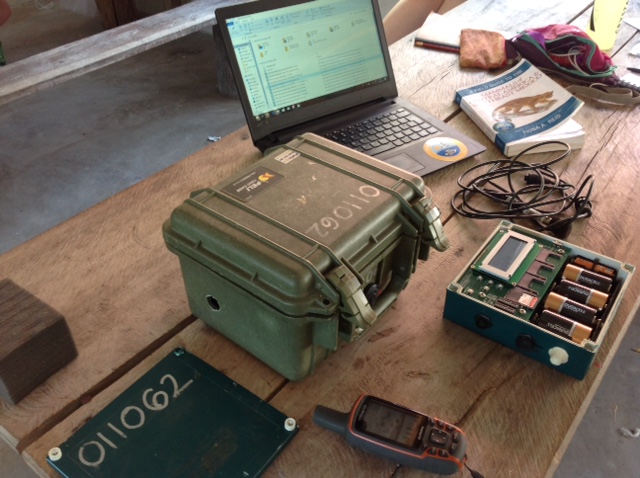
We stock a full range of microphones and mic extension cables for all the major bat detector manufacturers, which are usually available on a next day delivery service.
We also run a bat detector service and repair centre so if you are experiencing any difficulties with your equipment we can help you. Please contact support@wildcare.co.uk if you need any advice or to book in your equipment.


